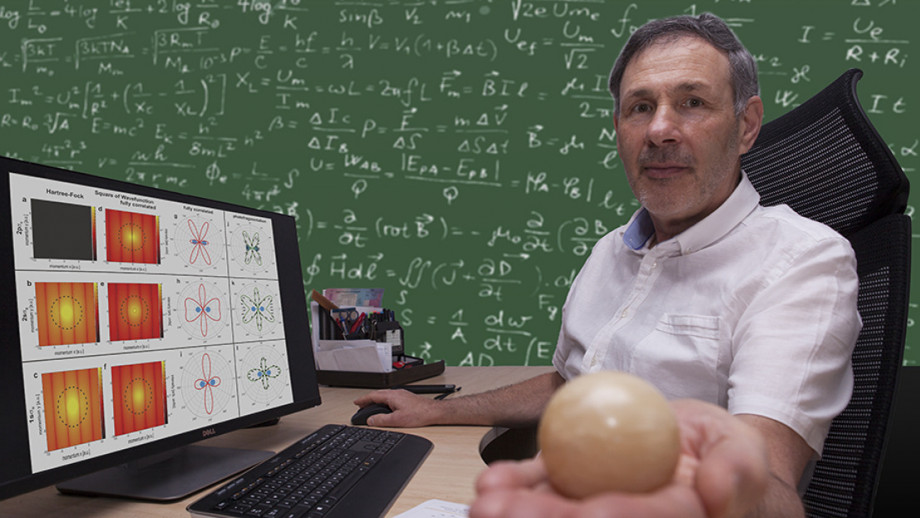Scientists detect electrons outside of their regular orbits
A research team including ANU has detected electrons outside of their regular orbits, a phenomenon that could be harnessed to develop next-generation electronics based on thin materials and superconductors.
A common image of electrons has them locked in orbitals like planets around the Sun, but the international team of scientists observed electrons momentarily in different, higher energy orbits.
Co-researcher Professor Anatoli Kheifets from ANU said developing a way to detect the phenomenon predicted by quantum theory took 30 years.
"Scientists never thought they could observe such a rare event," said Professor Kheifets from the ANU Research School of Physics and Engineering.
"There is no simple way to look inside a molecule to see what an electron is doing there."
The international team of researchers was able to take a very precise snapshot of pairs of electrons in the hydrogen molecule.
As part of the experiment, the team used an X-ray beam to knock one of the electrons out of the molecule, which caused its two atoms to separate.
"Because the two electrons in the molecule are entangled, the one that was knocked out carried very precise information about the quantum state of its counterpart," Professor Kheifets said.
The experiment showed that both electrons in the ground-state orbital jump momentarily to a higher energy level at the same time, which is an example of quantum correlation.
"This kind of correlation between electrons is normally too weak to see, but in certain circumstances can lead to remarkable behaviours such as superconductivity, which underpins high-capacity computer memory," Professor Kheifets said.
"The process of electron correlation in the hydrogen molecule is very rare and weak. Nevertheless, the sensitivity of the experimental technique was so great that it allowed us to very clearly visualise the pair of the electrons in the act, out of their usual character."
Professor Kheifets said the new method for imaging the entangled electrons could be a major boon for the study of technologically important materials, such as superconductors and thin layered structures.
"With a tighter squeeze put on electrons by miniaturisation, their entanglement plays a great part - it's the physics of the 21st century," he said.
The research is published in Nature Communications: https://www.nature.com/articles/s41467-017-02437-9

